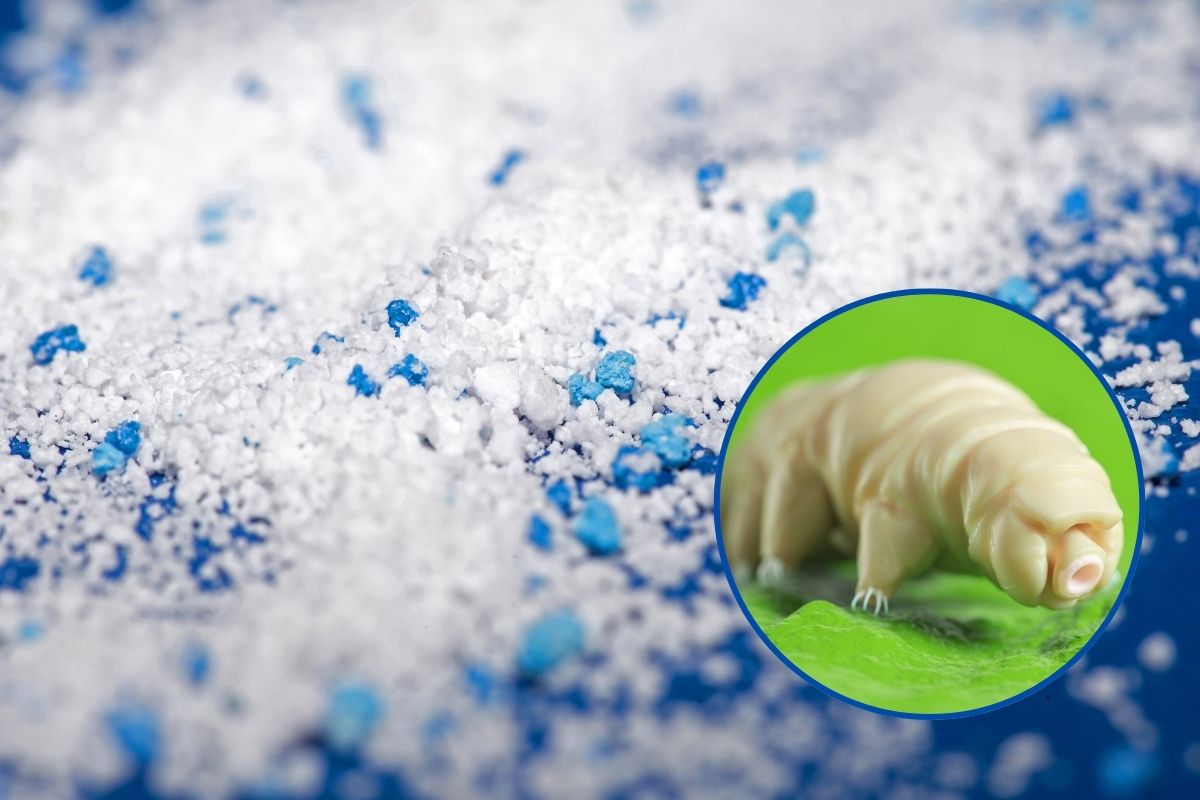A new study has found microplastics in thousands of small marine animals, with the exception of tardigrades, extraordinary organisms already known for their resilience and ability to survive

@Canva
During the last years, the problem of microplastics has acquired unprecedented dimensions. These tiniest pieces of plastic have been found practically everywhere-from Arctic glaciers to deep ocean trenches-but, unfortunately, also in many living organisms, including humans and different animal species.
A recent study carried out by a team of Brazilian researchers has, however, unveiled an astonishing exemption. Led by a zoologist from the Federal University of Pernambuco, Flávia de França, the team took the experiments on all manners of marine organisms, gathering meiofauna samples in a Brazilian beach. The analysis showed that though all the other small organisms analyzed had ingested microplastics, tardigrades were the only ones “immune”.
Who are the tardigrades?
Tardigrades, popularly called “water bears”, are invertebrates of the phylum Tardigrada. They show an incredible amount of resilience against high or low extremes of temperatures, lethal dosage of radiation, and even against vacuum. In other words, these invertebrates enter the cryptobiosis stage that allows them to face adverse environmental conditions over longer intervals.
They are indeed singular organisms, and it certainly is no coincidence that they are some of the most studied creatures in terms of their remarkable survival capabilities.
The discovery of the research
This most recent research involved a wide variety of microorganisms in the meiofauna, involving many various forms of metazoans, including nematode worms, flatworms, polychaetes, mollusks, and crustaceans. All told, well over 5,600 different species were counted within the overall samples gathered.
For the test, the researchers obtained marine sediment from a tidal beach and extracted various microorganisms. Subsequently, several tanks were prepared with 3.5 ounces of sediment each; mixed with either microplastic or nanoplastic, according to the respective size, these fragments were tagged with fluorescent pigment, which would serve as an indicator in case there is possible ingestion by the animals.
After nine days of exposure, it was observed that all the exposed species, except the tardigrades, had consumed plastic.
Why Are Tardigrades Resistant to Microplastics?
Another surprising competence of tardigrades, discovered by this Brazilian study, is the apparent immunity from microplastics. Why? It would appear that the secret lies in their anatomy and way of feeding.
Unlike other aquatic animals, when feeding, tardigrades use a buccal tube with a stylet to pierce and suck their prey, thus never ingesting it whole. This feeding behavior may decrease the chance of accidental microplastic ingestion, thus enabling them to avoid these pollutants. However, it is important to note that remains of microplastics were found on the body surface of some specimens, especially on their locomotor appendages.
A global pollution crisis
While the tardigrades resisted the effects amazingly, it is the prevalence of microplastics within such a large number of other marine organisms that really brings out the serious need to address this issue of increasing plastic pollution. High concentrations of microplastics could decrease both density and diversity of meiofauna species, evidence studies, underlining a huge ecological problem.
